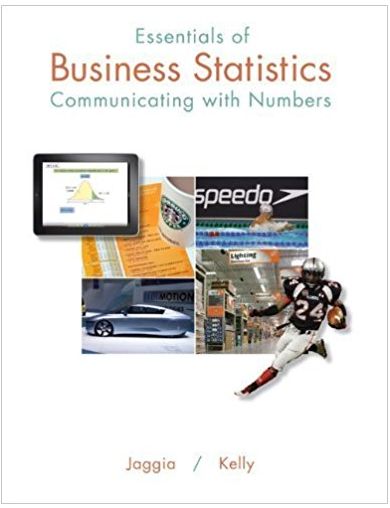Everyone knows that Babe Ruth was the greatest slugger in the history of baseball. Only true fans of the sport know, however, that Ruth also
Everyone knows that Babe Ruth was the greatest slugger in the history of baseball. Only true fans of the sport know, however, that Ruth also was one of the greatest pitchers of all time. Because Ruth stopped pitching after 1918 and played outfield during all the time he set his famous batting records, most people don’t realize that he even could pitch. What explains Ruth’s lopsided reputation as a batter? The answer is provided by the principle of comparative advantage. As a player with the Boston Red Sox early in his career, Ruth certainly had an absolute advantage in pitching. According to historian Geoffrey C. Ward and filmmaker Ken Burns: In the Red Sox’s greatest years, he was their greatest player, the best left-handed pitcher in the American League, winning 89 games in six seasons. In 1916 he got his first chance to pitch in the World Series and made the most of it. After giving up a run in the first, he drove in the tying run himself, after which he held the Brooklyn Dodgers scoreless for eleven innings until his teammates could score the winning run....In the 1918 series, he would show that he could still handle them, stretching his series record to scoreless innings, a mark that stood for forty-three years.* The Babe’s World Series pitching record was broken by New York Yankee Whitey Ford in the same year, 1961, that his teammate Roger Maris shattered Ruth’s 1927 record of 60 home runs in a single season. Although Ruth had an absolute advantage in pitching, his skill as a batter relative to his teammates’ abilities was even greater: His comparative advantage was at the plate. As a pitcher, however, Ruth had to rest his arm between appearances and therefore could not bat in every game. To exploit Ruth’s comparative advantage, the Red Sox moved him to center field in 1919 so that he could bat more frequently. The payoff to having Ruth specialize in batting was huge. In 1919, he hit 29 home runs, “more than any player had ever hit in a single season,” according to Ward and Burns. The Yankees kept Ruth in the outfield (and at the plate) after they acquired him in 1920. They knew a good thing when they saw it. That year, Ruth hit 54 home runs, set a slugging record (bases divided by at bats) that remains untouched to this day, and turned the Yankees into baseball’s most renowned franchise.
Opportunity Cost and Comparative Advantage
•Babe Ruth was considered to be one of the best (southpaw) pitchers in baseball in the first part of the 20thcentury.
•He helped the Boston Red Sox win the World Series in 1916 and 1918.
•In 1919, he pitched only 17 games.
•Ruth became one of the greatest heavy-hitting outfielders in history.
•So why the switch?
•Whatever the Sox decided to do with Ruth had an opportunity cost.
•If he stayed a pitcher, he’d forgo reaching his potential as a hitter.
•If he went to the outfield, his pitching would be forgone.
•As the best pitcher and best hitter, Ruth had an absolute advantage over the competition in both pitching and hitting.
•But Ruth had a comparative advantage in hitting.
•Ruth gave up his pitching so he could specialize in hitting (in which he was even better).•The Sox would win more games with Ruth in the outfield than they’d lose without his pitching.
•By having Ruth specialize in the activity in which he has comparative advantage, the Sox (and soon after, the Yankees) would realize gains from trade
Questions:
1. Why babe ruth switched from pitching to hitting?
2. Did babe ruth had a comparative advantage as a pitcher?
3. Give your opinions and suggestions in detail based on the case.
Step by Step Solution
3.39 Rating (158 Votes )
There are 3 Steps involved in it
Step: 1
1 Becuase Ruth was a very good or even great left handed pitcher But he wasnt unique And he wasnt as good as several other pitchers such as Walter Joh...
See step-by-step solutions with expert insights and AI powered tools for academic success
Step: 2

Step: 3

Ace Your Homework with AI
Get the answers you need in no time with our AI-driven, step-by-step assistance
Get Started


